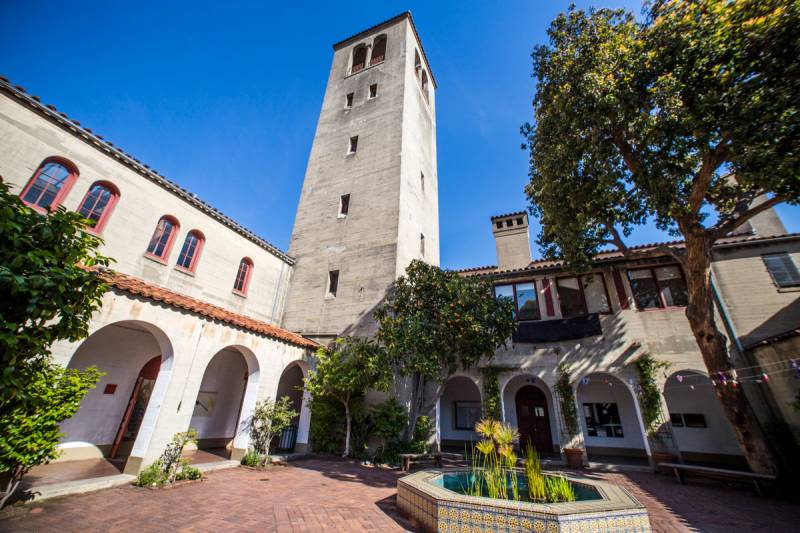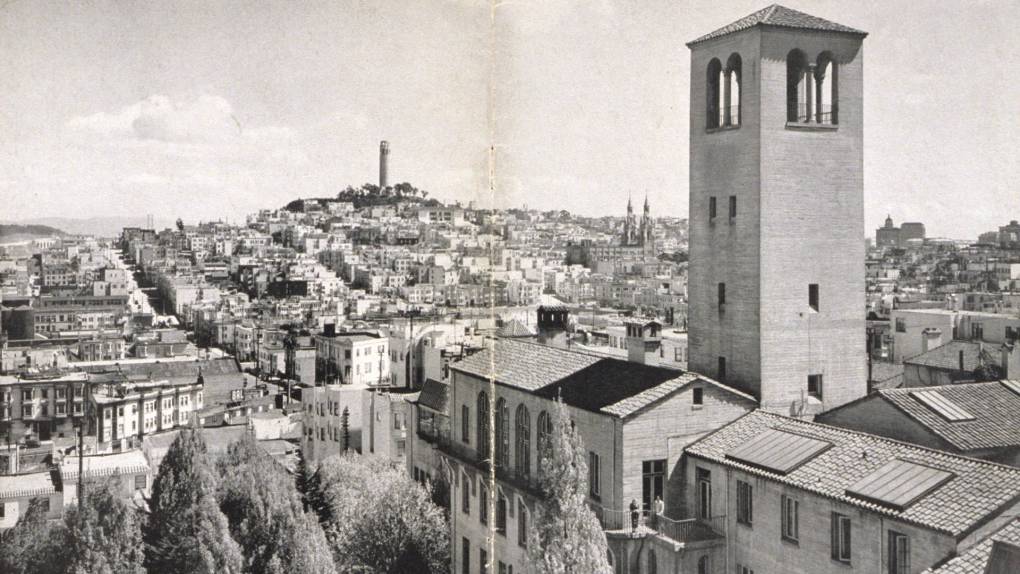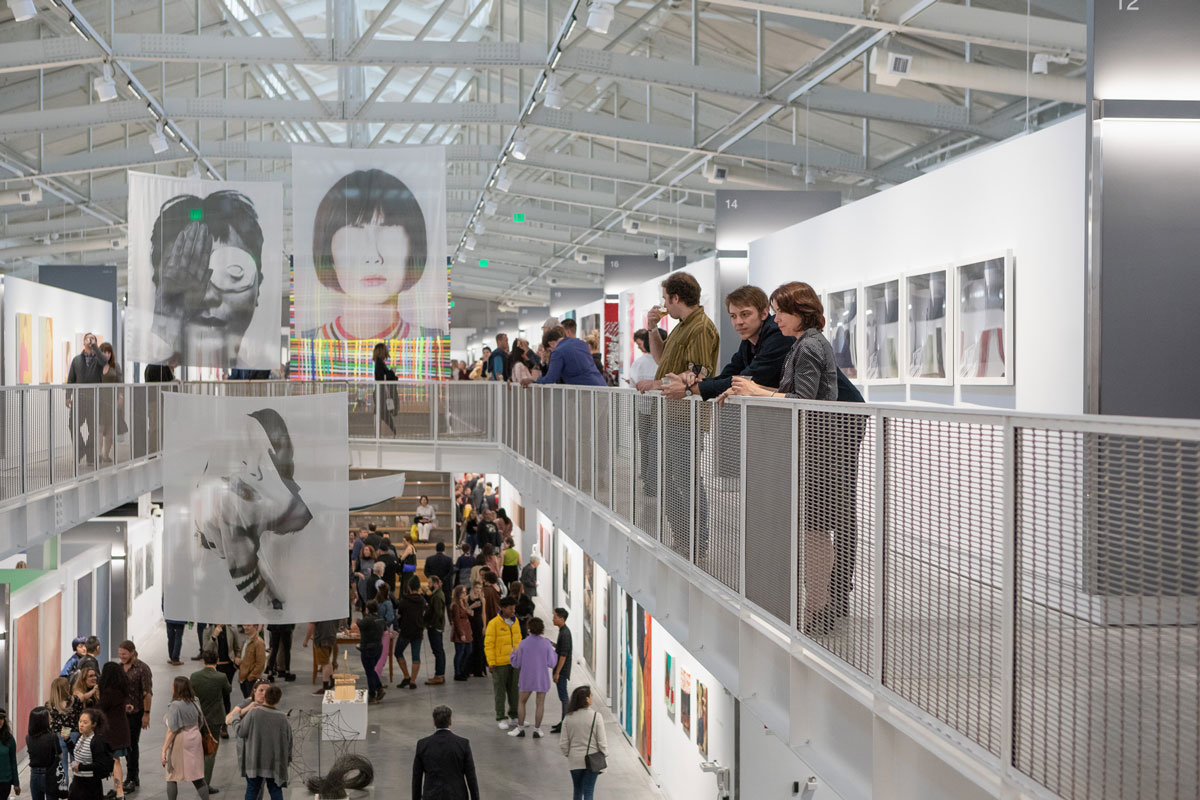For many students, committing to art school—and specifically to SFAI—was a leap of faith, which the institution subsequently invalidated through its own announcements and reversals. Kavena Hambira, an MFA film student who began his studies at SFAI only in January of this year, left behind a job and life in Namibia to pursue documentary filmmaking. Touring various programs, SFAI alone met all his needs, and in the few weeks he enjoyed in-person classes and critiques before the campuses shut down due to the coronavirus, he felt he had made the right decision.
After so recently joining the SFAI student body, the school’s insistence he suddenly transfer elsewhere put into question his entire career path. “For years I’ve been conditioned to suppress my artistic side,” Hambira explained in April. “And when I finally emerged from that conditioning and take that plunge, this is the fear your loved ones have for you … that you won’t make any money.”
Oscar Lopez, an MFA painting student originally from Mexico City, shared Hambira’s sentiments. Lopez also attended SFAI as an undergrad, and said the school helped him find his voice as an artist. “You are in that time in life that you find a thing you want to do and you’re doing it with all your soul because you really want to do it—and it’s just taken away,” he said in April of the school’s apparent closure. “My future that I tried to make here in America as an immigrant and a Latino is getting destroyed by someone else’s decisions.”
For Hambira and Lopez, the challenge of transferring into another graduate program partway through their studies was further complicated by the fact that they had both received scholarships from SFAI. How could they enroll in another school without the guarantee of comparable financial aid?
SFAI has approached Lopez about returning to the MFA program, but he says he needs the school to make its plan—and what they’re offering him—abundantly clear before he can make a decision. “Honesty and communication is not the forte,” he says.
For now, Hambira is taking summer classes at SFAI remotely and weighing his options between two different local grad programs—the re-enrollment offer from SFAI doesn’t match up with the three semesters he has left to complete his degree. He has also joined the new Committee to Re-Imagine SFAI, a volunteer group of students, alumni, staff, faculty and board members that will make a proposal to the board of trustees about their vision for the institution’s future.
Whether or not SFAI will have the ability to implement that reimagined future depends on its financial sustainability, its structure (a merger still isn’t out of the question) and its ability to attract a new cohort of students given its track record.





